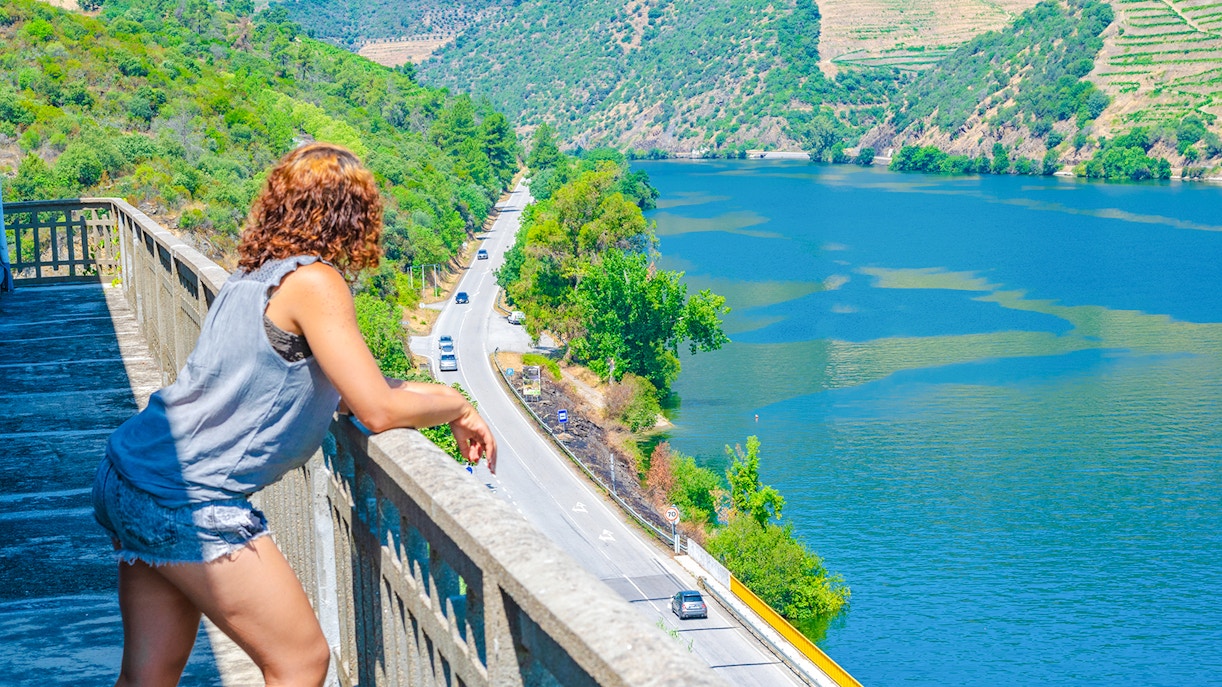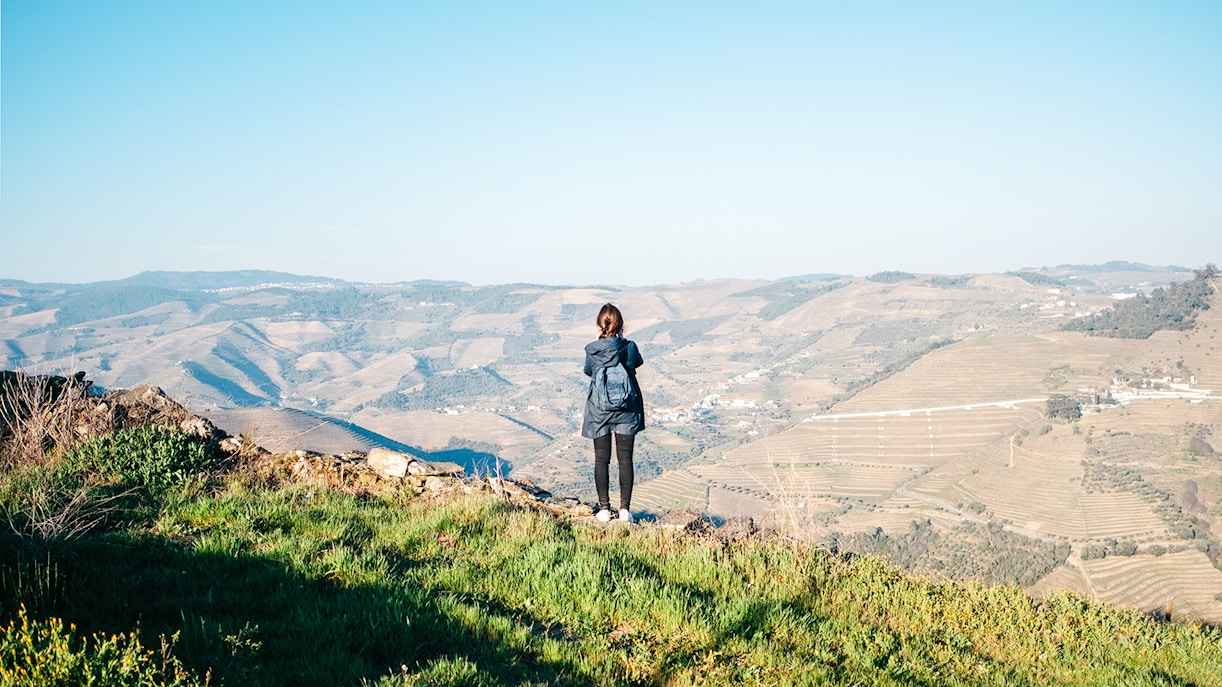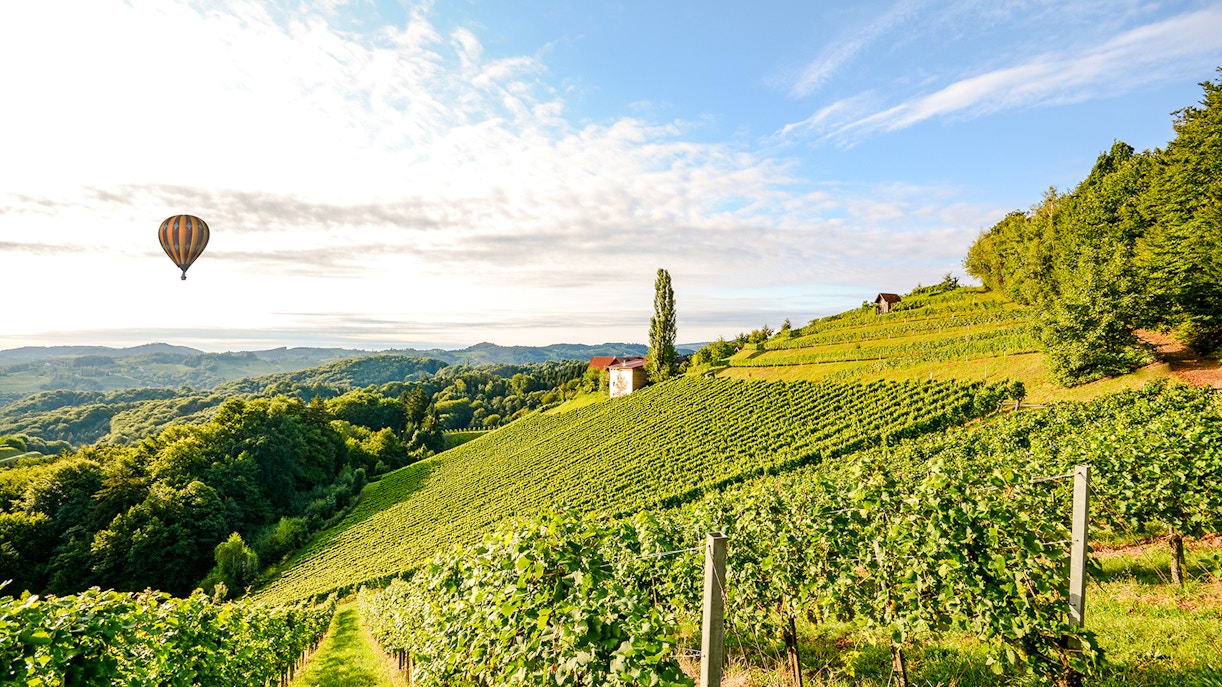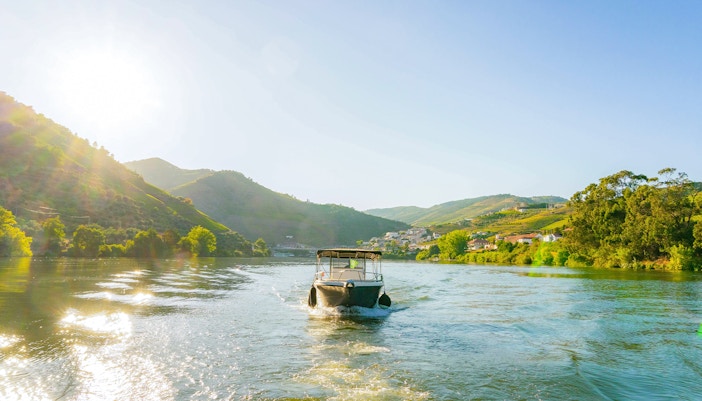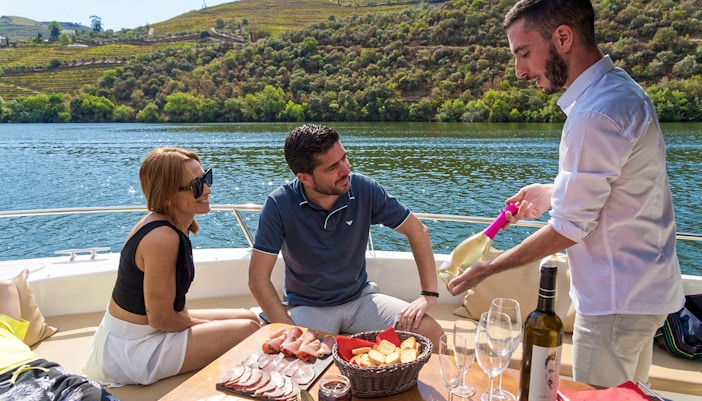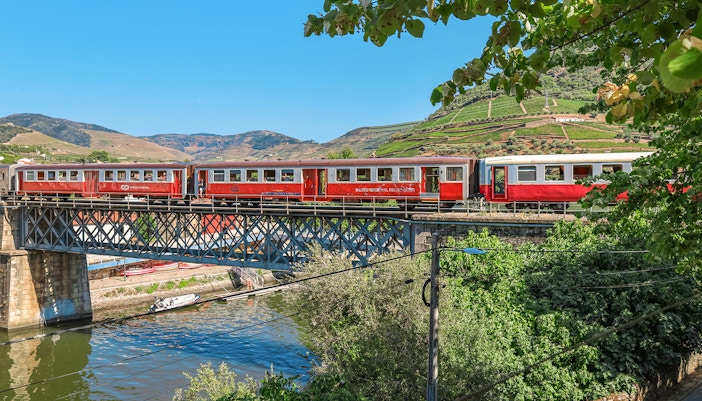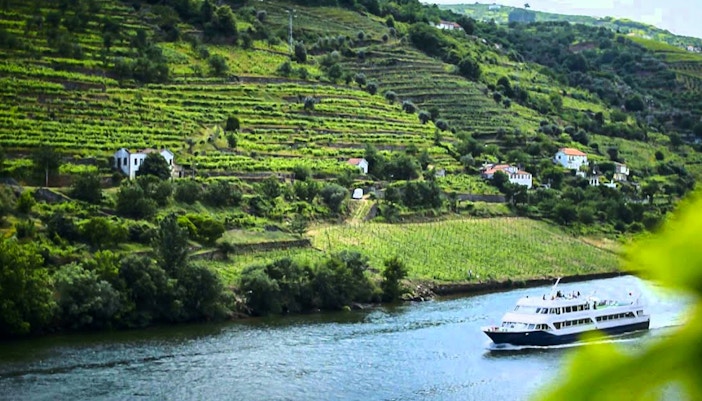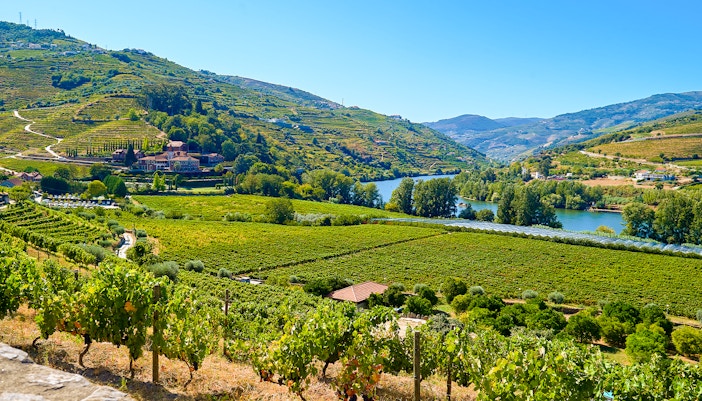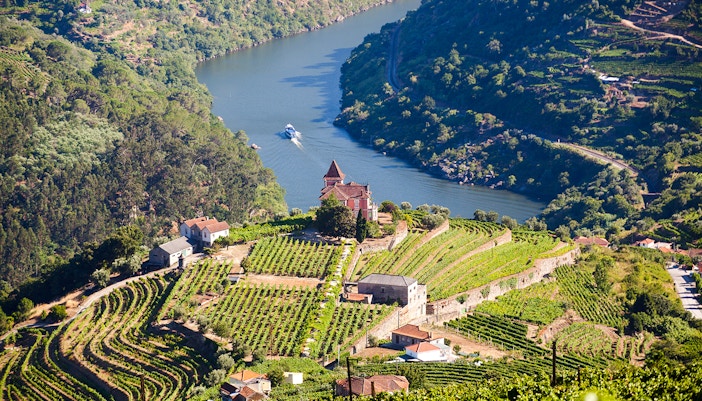🌸 Spring (March–May): The valley turns into a painter’s palette with wildflowers, green terraces, and mild weather. Fewer tourists means perfect for hiking or leisurely boat rides. Rain showers can surprise you, and evenings stay chilly.
☀️ Summer (June–August): Long, sunny days, warm evenings, and peak cruise season on the Douro River. Perfect for late-night dinners under starry skies. Crowds are at their thickest and prices skyrocket, especially in July and August.
🍂 Autumn (September–November): Harvest season! Vineyards are buzzing with grape picking, festivals, and tastings. The weather is pleasant, with fewer crowds after mid-October. September can still feel summer-like in both heat and pricing.
❄️ Winter (December–February): Lowest prices of the year, with dramatic views and fireside meals. Almost no crowds. Some river cruises pause operations, and days are shorter.
